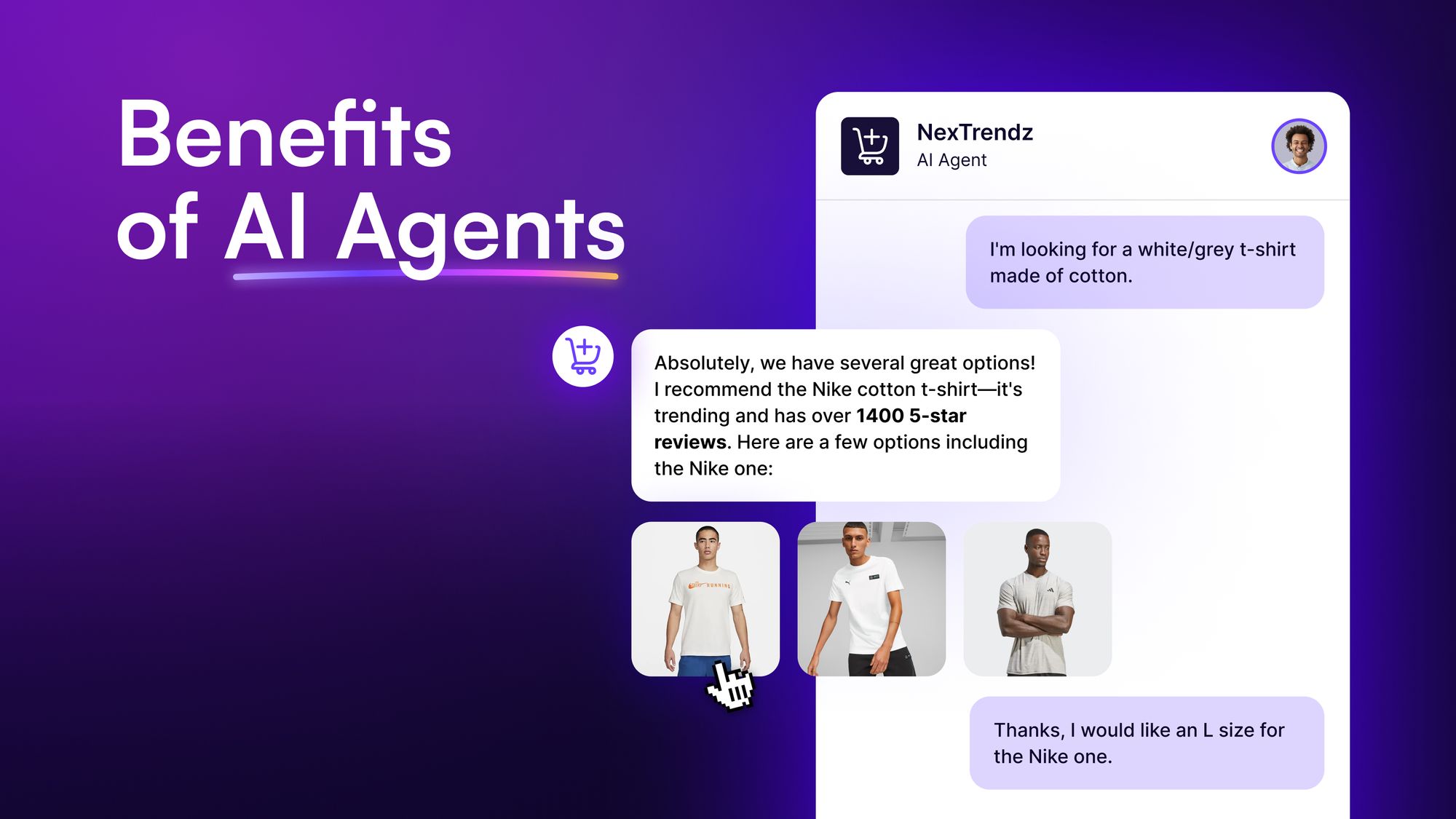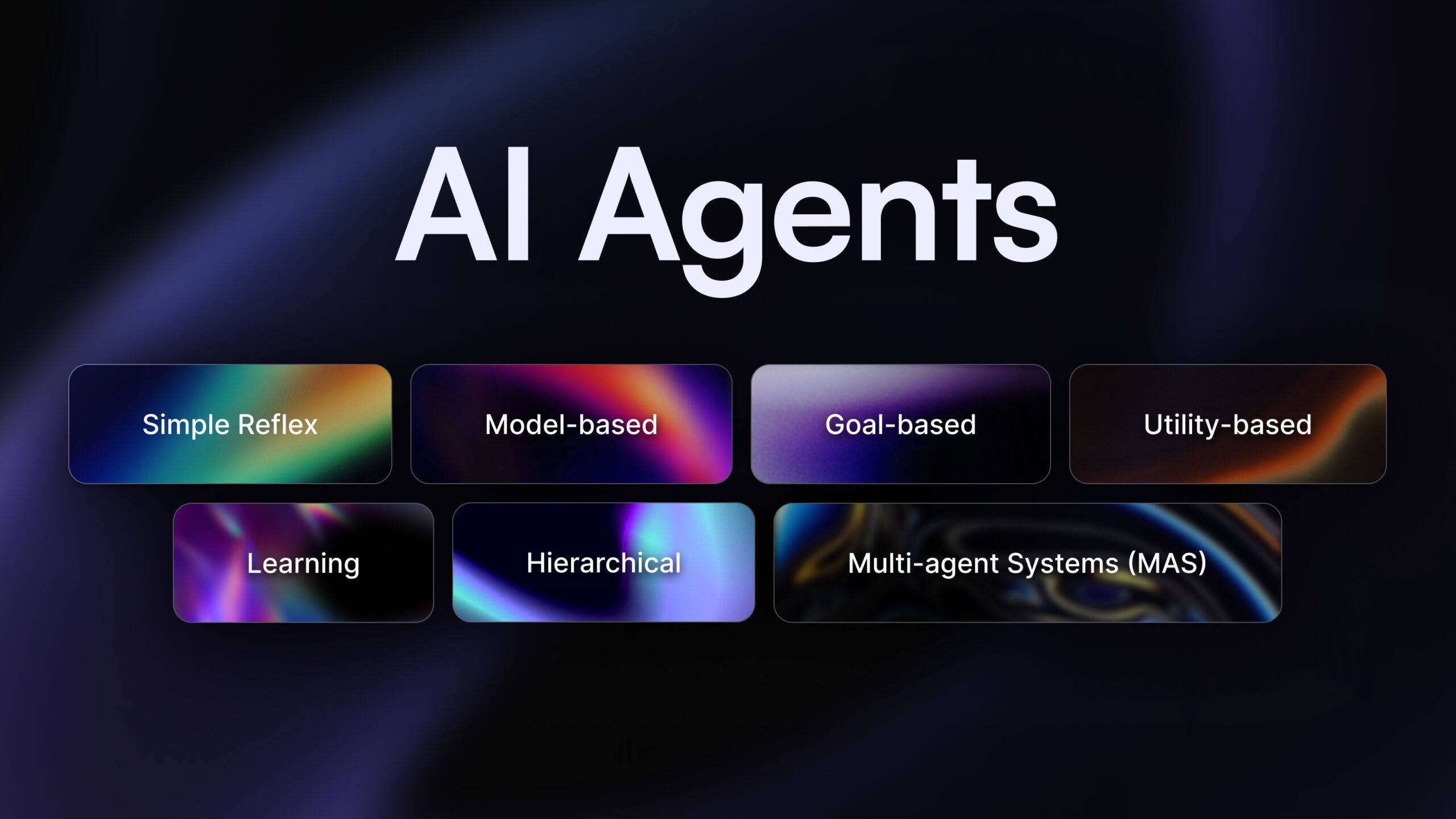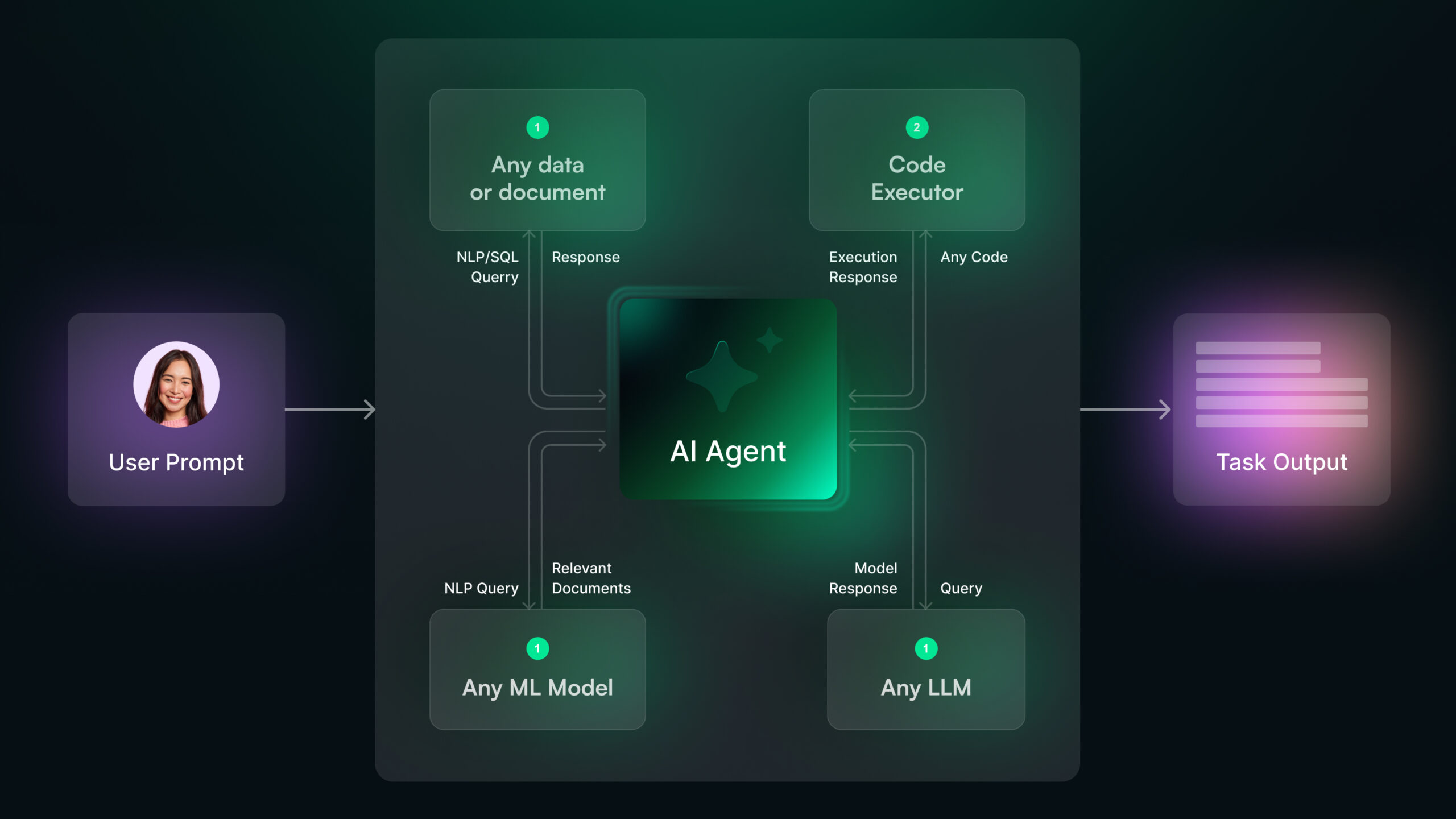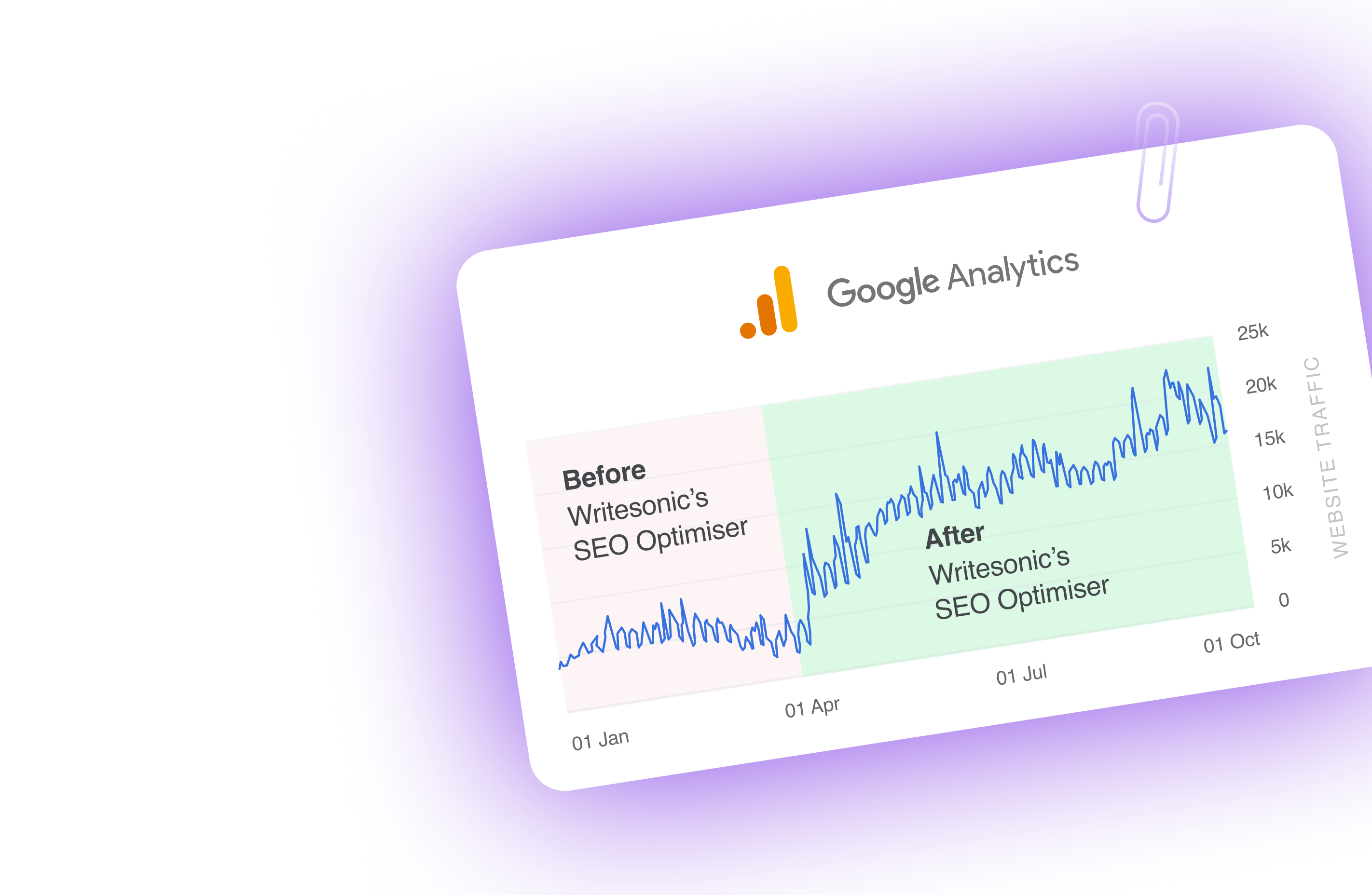Keyword optimization is the art of making your content more visible to search engines and users alike.
In 2025, it’s not just about stuffing keywords into your text – it’s about using them strategically to meet user intent and search engine algorithms.
However, AI agents have transformed this process, making it faster and more effective than ever before. AI SEO agents can analyze vast amounts of data, identify trending topics, and suggest the most relevant keywords for your content.
This blog post covers everything from what is keyword optimization to how to do keyword optimization using AI agents. Also, you’ll learn how to use Chatsonic SEO AI agent to:
- Uncover high-potential keywords your competitors are missing
- Analyze search intent at scale, ensuring your content hits the mark every time
- Optimize for semantic SEO, voice search, and local queries
- Automate tedious tasks, freeing up your time for strategic thinking
Whether you’re an SEO expert or just starting out, you’ll walk away with actionable strategies to elevate your keyword game. No fluff, no filler – just practical insights that deliver real results.
Ready to master keyword optimization and watch your content climb the rankings? Let’s get started.
What is Keyword Optimization?
Here’s the thing about keyword optimization – it’s the foundation of making your content visible on search engines.
Keyword optimization is the process of strategically using target search terms in your content to boost visibility in search engines. It’s not about keyword stuffing – it’s about smart placement and context.
When doing keyword optimization, master these three key elements. First up, relevance – making sure your content actually helps searchers. Next, authority – becoming the go-to source in your field. And finally, volume – understanding how many people search for specific terms each month.
In a nutshell:
- Use keywords, don’t just find them
- Place them strategically (titles, meta descriptions, headers, content)
- Focus on relevance and value, not just keyword density
- Keep optimizing as search trends change
- Align with your SEO goals
Learn more about SEO automation.
Tip: With tools like Chatsonic AI SEO agent, you can analyze search patterns and user behavior, spot the most effective keywords, cluster keywords, and find optimization opportunities, ensuring you create content that works for both search engines and real people.
Why Is Keyword Optimization Important?
Trust is everything! And here’s how implementing the right keyword optimization techniques can make your business thrive in the digital world:
- Increased visibility: Keyword optimization can help your content rank higher in search results, making it more discoverable.
- Targeted traffic: It also helps attract users who are actively searching for your content or solutions.
- Better user experience: By adding relevant keywords, you can align your content with user intent, ensuring you provide relevant information.
- Cost-effective marketing: Helps to drive organic traffic without ongoing ad spend.
- Improved conversion rates: With proper keyword optimization, you can attract more qualified leads who are likely to engage with your content.
- Long-term ROI: Unlike paid ads, the benefits of keyword optimization compound over time.
Keyword optimization isn’t just about rankings – it’s about connecting your content with the right audience at the right time. When done effectively, it serves as the foundation for a robust, sustainable digital marketing strategy.
Ready to take your keyword optimization efforts to the next level? Let’s explore how to implement these strategies effectively.
How to do keyword optimization + How to Automate Using Chatsonic AI SEO Agent
Whether you’re a seasoned marketer or just starting out, mastering keyword optimization doesn’t have to be complicated. Here’s a quick glimpse into creating a winning strategy that delivers results + how Chatsonic AI SEO agent can help you speed up your tasks.
1. Keyword research and grouping
Keyword research is the first and most important step of any solid keyword strategy. Here’s a quick way to find the right keywords and group them together:
- Brainstorm seed keywords that are relevant to your business.
- Use tools like Google’s Keyword Planner or Writesonic’s keyword research tool or analyze competitor content to find related terms.
- Analyze the search volume, competition, and relevance for each keyword.
- Next comes grouping – cluster terms with similar intent or topics. For example, “how to bake bread,” “easy bread recipes,” and “homemade bread tips” could form a cluster.
- For each group, select the term with the highest search volume or most relevance as your primary keyword.
- Use a spreadsheet to track your keyword groups, including primary and secondary keywords, search volumes, and any notes on intent.
Hush! That’s a lot of work, right? Well, yes, this process can take hours, even days, depending on the scope of your project. It’s thorough but time-consuming.
And that’s where Chatsonic SEO AI Agent comes into the picture. Here’s how it helps:
- Add your seed keyword and watch it generate hundreds of relevant suggestions.
- Get instant analysis on search volume, competition, and trending topics.
- Watch how quickly AI clusters keywords based on semantic relevance and user intent.
- Receive AI-powered suggestions for primary keywords in each group.
- Visualize your keyword landscape with easy-to-understand charts.
- Download your organized keyword groups in various formats, ready for your content strategy.
And all this can be done in just a few clicks. What used to take days now takes minutes.
But here’s the kicker: Chatsonic doesn’t just save time. Its AI can spot patterns and opportunities that humans might miss, giving you a competitive edge.
Remember, though, AI is a tool, not a replacement for human insight. Use Chatsonic to handle the heavy lifting, then apply your expertise to fine-tune the results. That’s when the magic really happens.
Looking for more? Check out the 12 best AI agents to try in 2025.
Ready to supercharge your keyword strategy? Give Chatsonic AI SEO agent a try!
2. Map Your Keywords
Keyword mapping is like creating a roadmap for your content. It’s about matching your target keywords to specific pages on your website, ensuring each page is optimized for the right terms.
Here’s how to map your keywords like a pro:
- Create a list of all your target keywords and existing pages or content pieces.
- Identify the most relevant keyword from your group and assign a primary keyword to each page.
- Identify the content gaps, as in where you’re missing pages for important keywords.
- Outline topics for missing keyword groups and plan new content to fill those gaps.
- Avoid keyword cannibalization by ensuring each page targets unique terms.
- Maintain a spreadsheet to document your keyword-to-content mapping.
This process gives you a bird’s-eye view of your content strategy but is time-consuming and prone to human error.
Here’s how Chatsonic SEO AI Agent streamlines this:
- Upload your sitemap, and Chatsonic scans your existing content.
- The AI suggests the best primary keyword for each page based on content analysis.
- Instantly see which keyword groups lack corresponding content.
- Get AI-generated topic ideas for missing keyword groups.
- The tool flags potential keyword conflicts between pages.
Chatsonic turns hours of manual work into minutes of strategic decision-making. It’s not just about speed – it’s about uncovering opportunities you might have missed.
Remember, though, AI is a powerful assistant, not a replacement for your expertise. Use Chatsonic to handle the heavy lifting, then apply your industry knowledge to fine-tune the strategy.
Ready to turn your keyword research into a content powerhouse? Let’s move on to creating that killer content.
3. Create quality content
Creating quality content aligned with search intent is about giving users exactly what they’re looking for when they type in a query. It’s not just about stuffing keywords into your content; it’s about understanding the user’s needs and delivering value.
Here’s how to nail it:
1. Analyze the search intent behind your target keywords
- Informational: Users want to learn something
- Navigational: They’re looking for a specific website
- Commercial: They’re researching products or services
- Transactional: They’re ready to buy
2. Study the top-ranking content for your keywords
- What format are they using? (blog post, video, listicle, etc.)
- What topics do they cover?
- How in-depth is the content?
3. Create content that matches or exceeds the competition
- Address the user’s intent directly
- Provide comprehensive information
- Use engaging formats (images, videos, infographics)
4. Optimize your content structure
- Use clear headings and subheadings
- Include a table of contents for longer pieces
- Break up text with bullet points and short paragraphs
5. Add unique value
- Share original insights or data
- Provide expert opinions or case studies
- Offer actionable tips or step-by-step guides
6. Keep it fresh
- Regularly update your content with new information
- Remove outdated references
- Add new sections to cover emerging subtopics
Remember, the goal isn’t just to rank well; it’s to provide the best possible answer to your user’s query. Do that consistently, and the rankings will follow.
Now, let’s talk about how Chatsonic SEO AI Agent can supercharge this process:
- Get AI-powered insights into the search intent behind your keywords.
- Receive topic ideas and outlines tailored to your target keywords.
- Automatically analyze top-ranking content for structure and topics.
- Get real-time suggestions for improving your content’s relevance and comprehensiveness.
- Ensure your content is easy to digest with AI-powered readability scores.
Chatsonic doesn’t just save you time; it helps you create content that’s laser-focused on what your audience wants. It’s like having a content strategist and SEO expert rolled into one, working 24/7 to keep your content game strong.
Explore more AI agents for content writing in 2025.
Ready to create content that’ll make your competitors wonder what hit them? Let’s dive into the next step and ensure your technical SEO is on point.
4. Technical Optimization Elements
Let’s cut through the noise and focus on what really moves the needle in technical SEO:
- Title Tags: Keep them clear and under 60 characters. Position your main keyword near the beginning.
- Meta Descriptions: Craft engaging snippets around 105 characters. Include your target phrase naturally.
- URL Structure: Choose straightforward web addresses with your keyword. Skip random numbers and codes.
- Image Optimization: Select descriptive file names and meaningful alt text. This assists search platforms in understanding your images.
Now, here’s how Chatsonic SEO AI Agent can help you save time and boost your productivity:
Now, here’s where Chatsonic AI SEO agent comes in to save your sanity:
- Generate click-worthy titles that hit the sweet spot between SEO and user appeal.
- Create compelling meta descriptions that make searchers want to click.
- Get suggestions for clean, keyword-rich URLs that both users and search engines love.
- Automatically generate SEO-friendly file names and alt text.
The best part? Chatsonic doesn’t just spit out suggestions. It learns from your brand voice and industry, ensuring all optimizations feel natural and on-brand.
Remember, technical SEO isn’t about ticking boxes. It’s about creating a seamless experience for both users and search engines. With Chatsonic by your side, you’re not just optimizing – you’re revolutionizing your approach to technical SEO.
5. Monitor Keyword Performance & Refine Your Content
Keyword optimization is an ongoing process. Here’s how to stay on top of your game:
- Track Rankings: Keep tabs on where you’re showing up in search results.
- Analyze Click-Through Rates (CTR): Low CTR? It might be time to revamp your title tags and meta descriptions.
- Monitor Organic Traffic: Watch for trends in your traffic. Significant changes can signal it’s time to reassess your strategy.
- Check Conversion Rates: Ensure your content is not just attracting visitors but encouraging them to take action.
- Keep an Eye on Keyword Trends: Stay ahead by identifying emerging keywords in your niche.
- Regularly Update Your Content: Keep your top-performing pages fresh and relevant.
Chatsonic SEO AI Agent can streamline this process:
- It provides real-time monitoring of your keyword performance, offering insights you might miss. The AI analyzes your data, identifying trends and opportunities for improvement.
- Chatsonic doesn’t just report issues; it suggests solutions. It can recommend content updates, flag underperforming keywords, and even predict emerging trends in your industry.
- The tool learns from your specific SEO patterns, becoming more attuned to your needs over time. This means you’re always getting tailored, relevant advice.
By leveraging Chatsonic, you’re turning your SEO strategy into a data-driven, continuously improving process. It’s about making informed decisions that keep you ahead in the SEO game.
Master Keyword Optimization with Chatsonic AI SEO Agent
Keyword optimization isn’t just about playing the SEO game – it’s about winning it. By nailing your keyword research, mapping strategically, creating killer content, and staying on top of technical SEO, you’re building a solid foundation for online visibility.
Let me get real with you for a moment – integrating AI into your keyword optimization process isn’t just about working faster; it’s about working smarter.
To streamline this process and stay ahead of the curve, consider leveraging AI-powered tools like Chatsonic. It can significantly enhance your keyword optimization efforts by:
- Automating keyword research and clustering
- Providing data-driven insights for content creation
- Monitoring keyword performance in real-time
- Suggesting timely content updates and optimizations
With Chatsonic, you’re not just keeping up with SEO best practices – you’re staying ahead. It handles the data-heavy tasks, allowing you to focus on creating content that resonates with your audience.
Ready to take your optimization journey to the next level? Give Chatsonic a try and discover how AI can transform your approach to search visibility.
FAQs
1. How do I optimize my keywords?
Keyword optimization is all about strategic placement and context. Here’s the deal:
1. Use your primary keyword in the title, first paragraph, and at least one subheading
2. Add secondary keywords naturally throughout the content
3. Include keywords in your meta description and URL
4. Use variations and related terms to avoid keyword stuffing
5. Ensure your content actually delivers on what the keyword promises
Remember, it’s not about stuffing keywords everywhere. It’s about creating valuable content that naturally incorporates your target terms.
2. What are primary and secondary keywords?
Primary keywords are the main terms you’re targeting with a specific piece of content. They’re usually broader and have a higher search volume. Secondary keywords are related terms that support your primary keyword. They’re often more specific long-tail phrases.
For example, if your primary keyword is “coffee brewing methods,” secondary keywords might include “French press technique” or “pour-over coffee tips.”
3. How is SEO optimization done?
SEO optimization is a multi-faceted process that involves:
1. Keyword research and selection
2. On-page optimization (title tags, meta descriptions, content)
3. Technical SEO (site speed, mobile-friendliness, structured data)
4. Content creation and optimization
5. Link building
6. User experience improvement
7. Performance monitoring and adjustment
It’s an ongoing process of refining and improving your site to meet both user needs and search engine requirements.
4. What is keyword optimization in SEO?
Keyword optimization in SEO is the process of researching, analyzing, and selecting the best keywords to target, then strategically incorporating them into your content and website elements. The goal is to improve your visibility in search results for terms relevant to your business or content.
It’s not just about using keywords, but using them in a way that provides value to your audience and signals relevance to search engines.
5. What are good keywords?
Good keywords are:
1. Relevant to your content and business
2. Have decent search volume
3. Have manageable competition
4. Align with user intent
5. Have potential for conversion
The best keywords strike a balance between search volume and competition. Long-tail keywords (more specific phrases) often have lower volume but higher conversion potential.
Remember, a “good” keyword isn’t just about numbers. It’s about finding terms that your target audience is actually using and creating content that genuinely answers their questions or solves their problems.
6. Is keyword density still important in 2025?
Not in the way it used to be. Gone are the days of stuffing your content with keywords. Today, it’s all about context and relevance. Instead of obsessing over a specific keyword density, focus on creating comprehensive, valuable content that naturally incorporates your target keywords and related terms. Search engines are smart enough to understand context now, so write for your readers, not for algorithms.
7. Is AI-generated content effective for SEO?
Yes, AI-generated content can be effective for SEO when done correctly. The key is to ensure the content is high-quality, relevant, and valuable to your audience. Search engines prioritize content that meets these criteria, regardless of whether it’s AI-generated or human-written.
8. What are the main benefits of keyword optimization?
The top benefits of keyword optimization include increased website traffic and search engine rankings, improved return on investment compared to traditional marketing methods, enhanced site usability, increased brand awareness and trust, and attraction of more qualified traffic likely to convert.


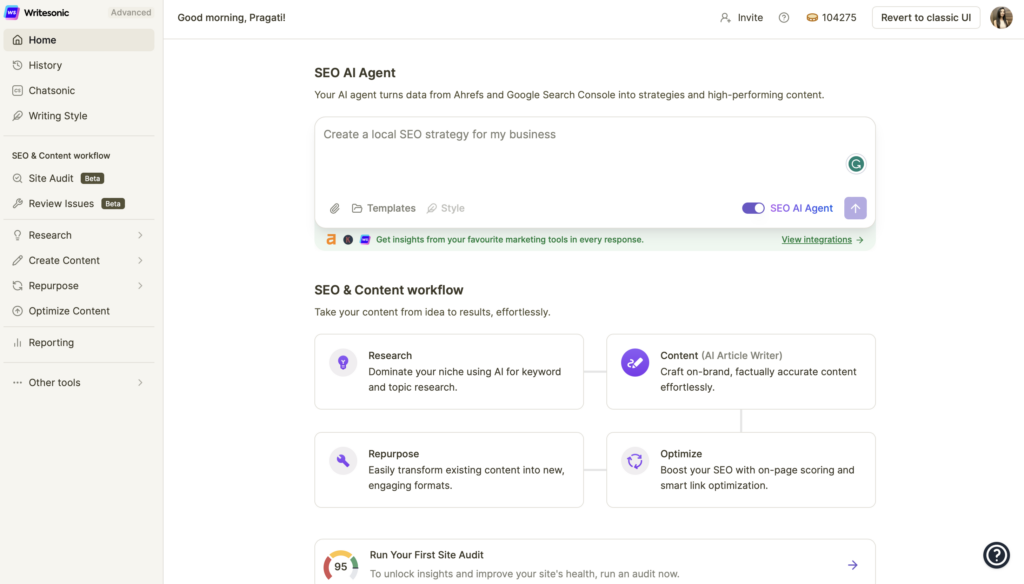
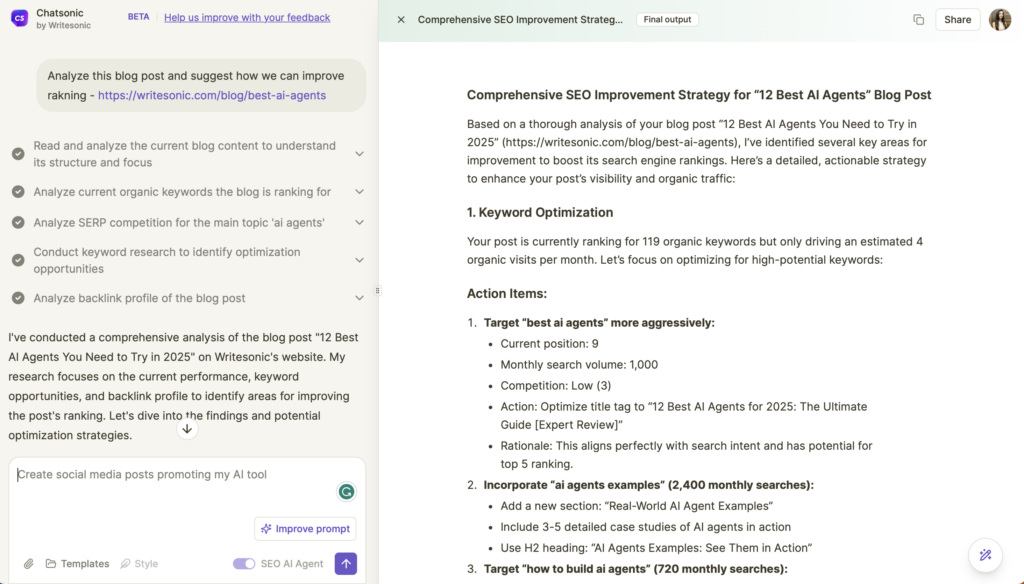

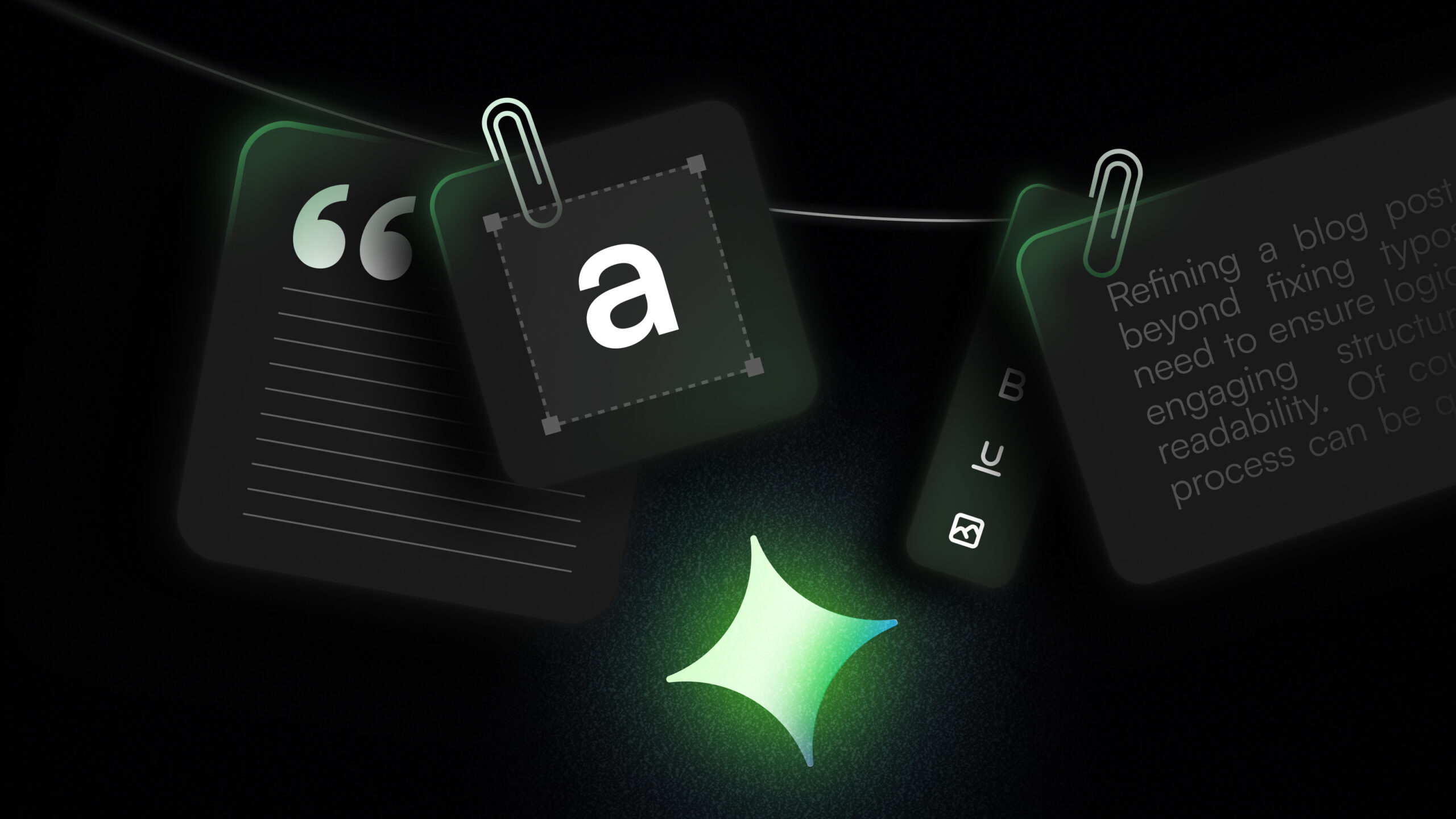



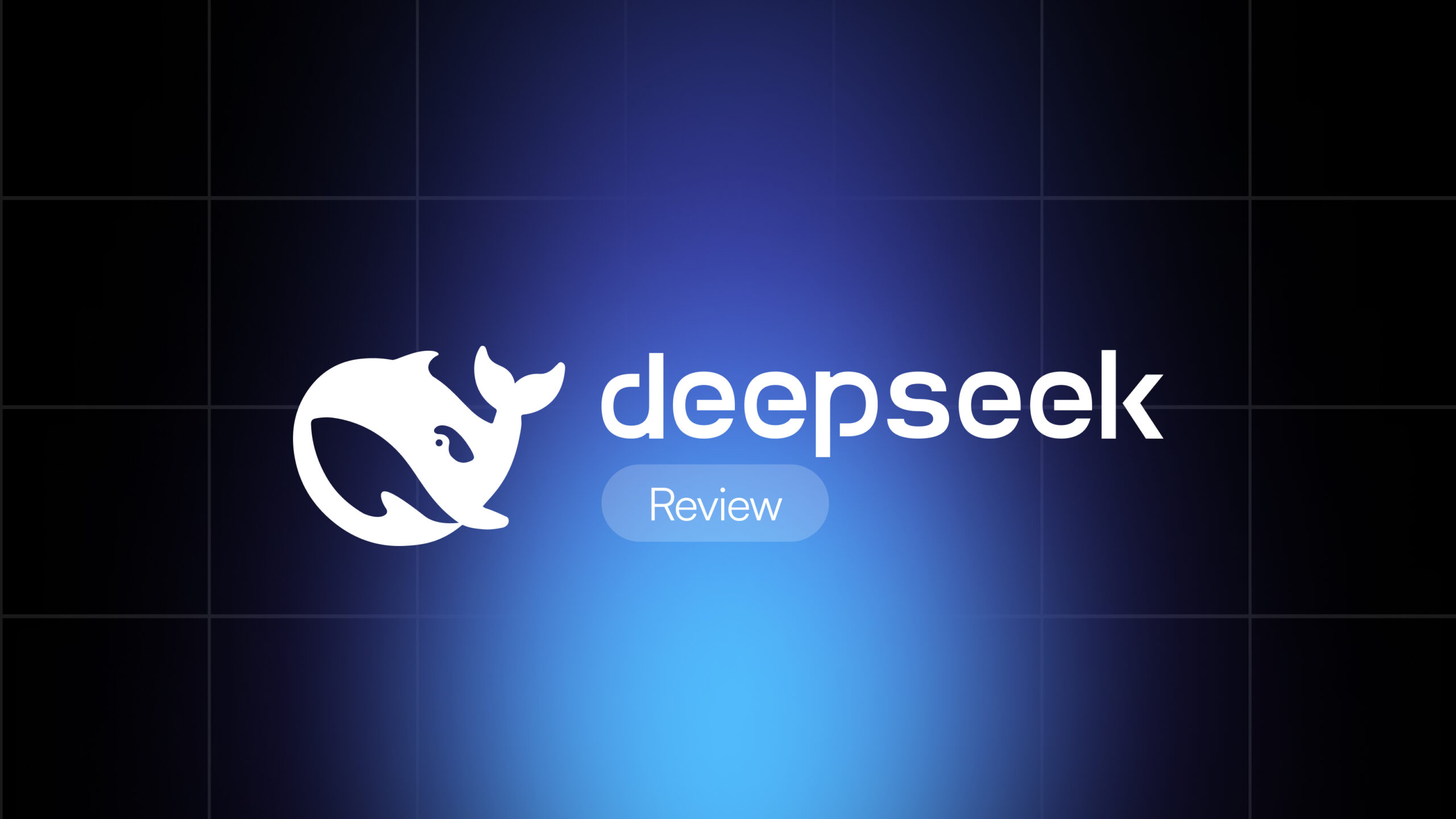
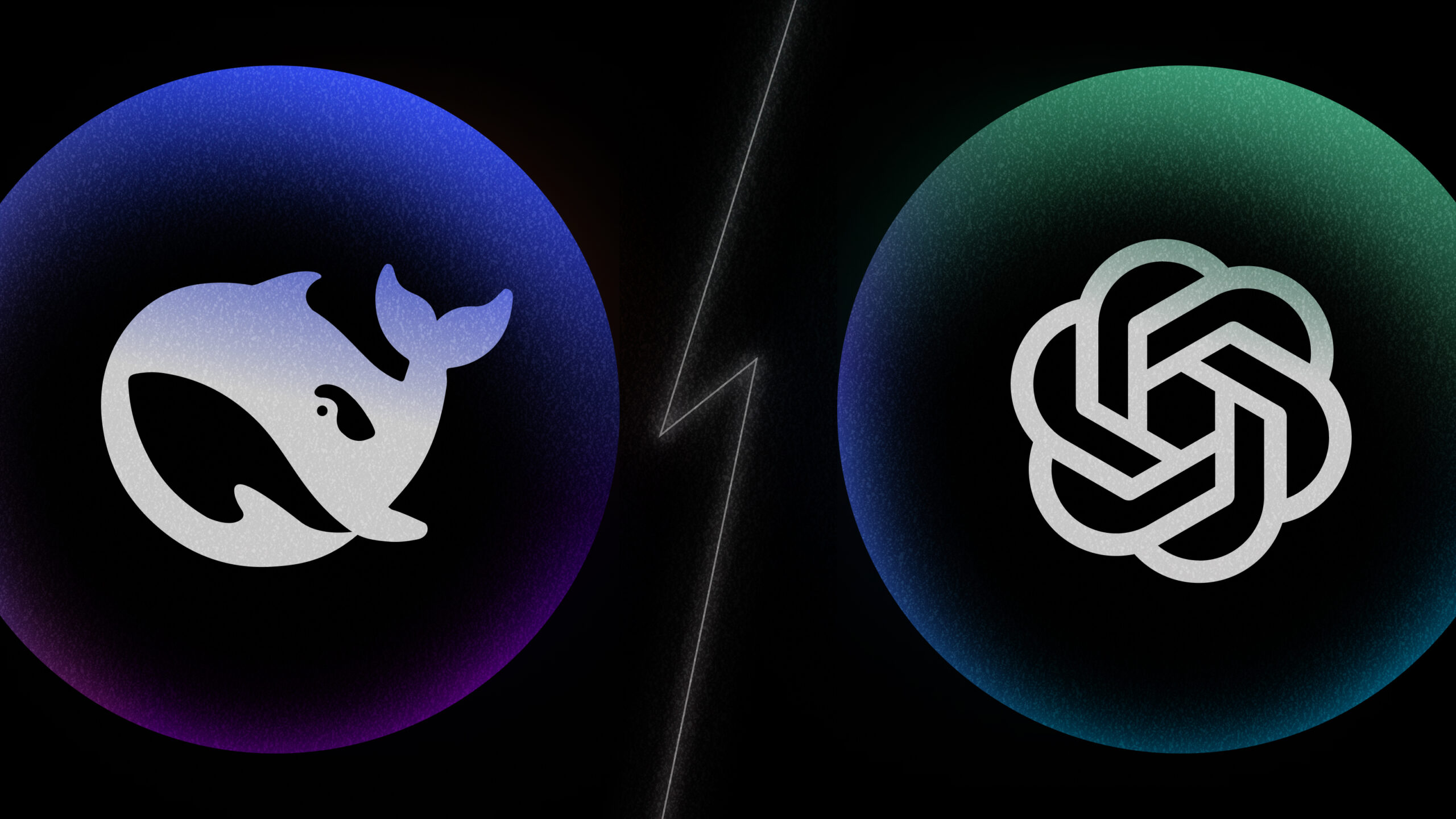

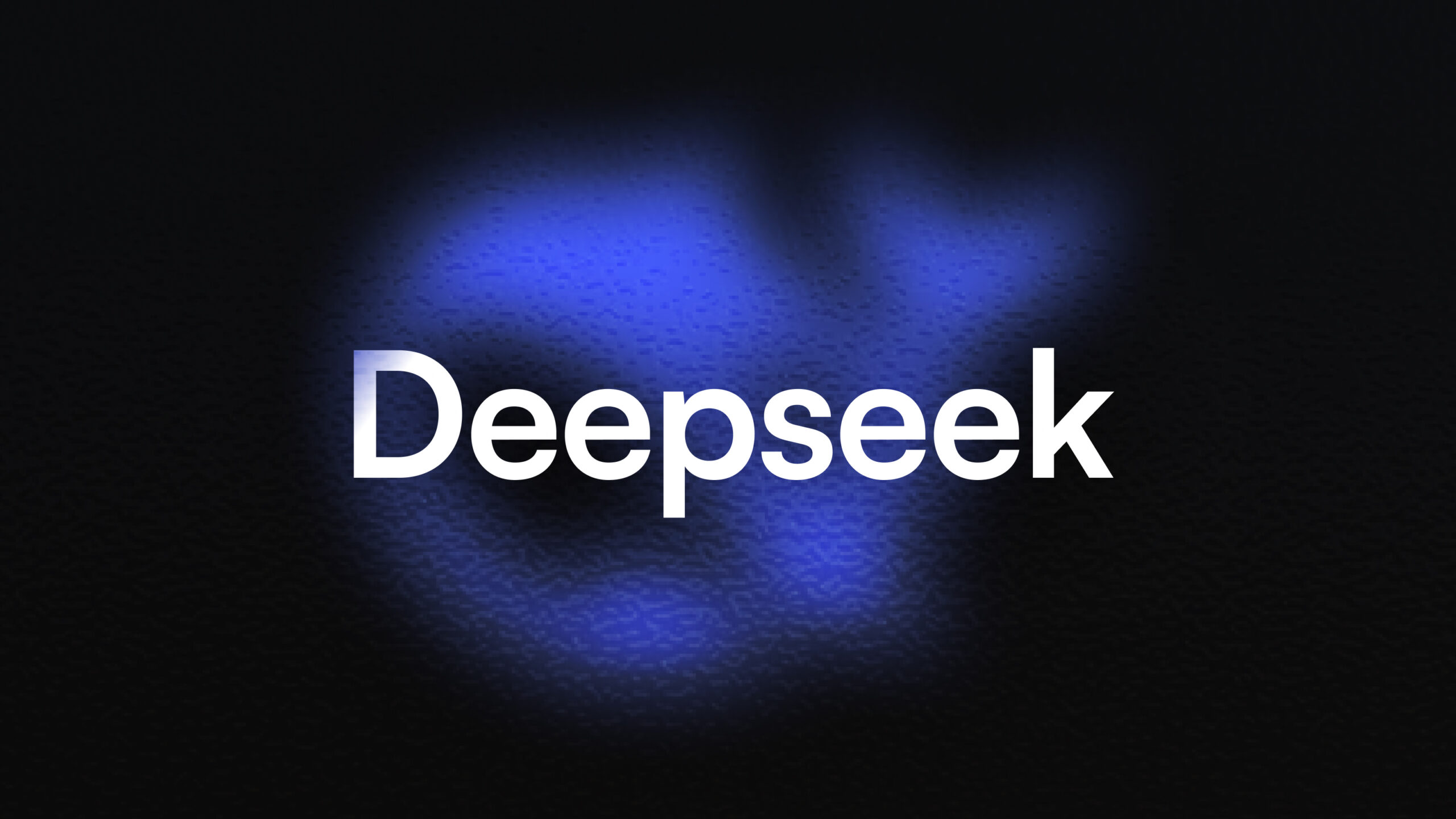
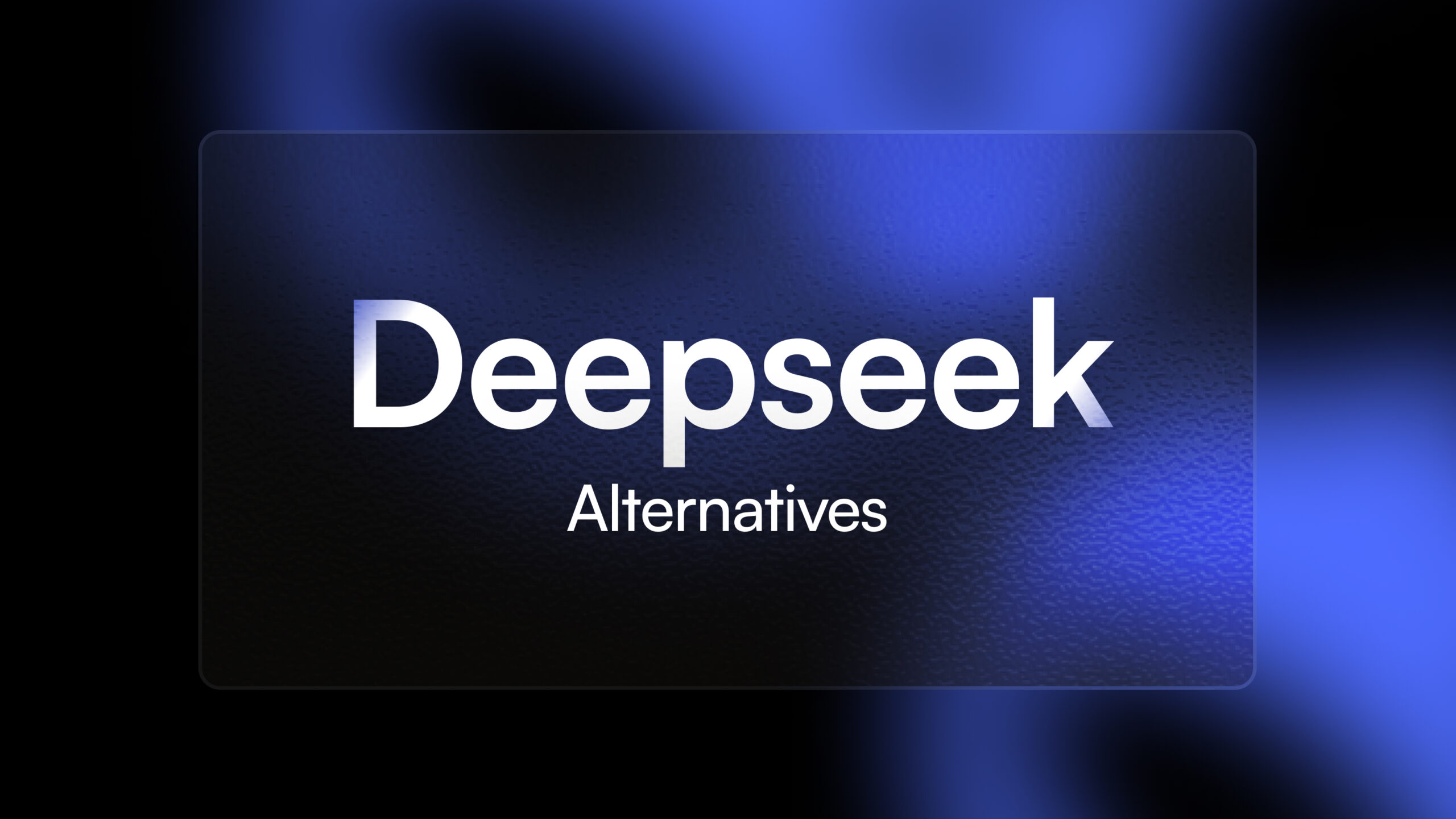


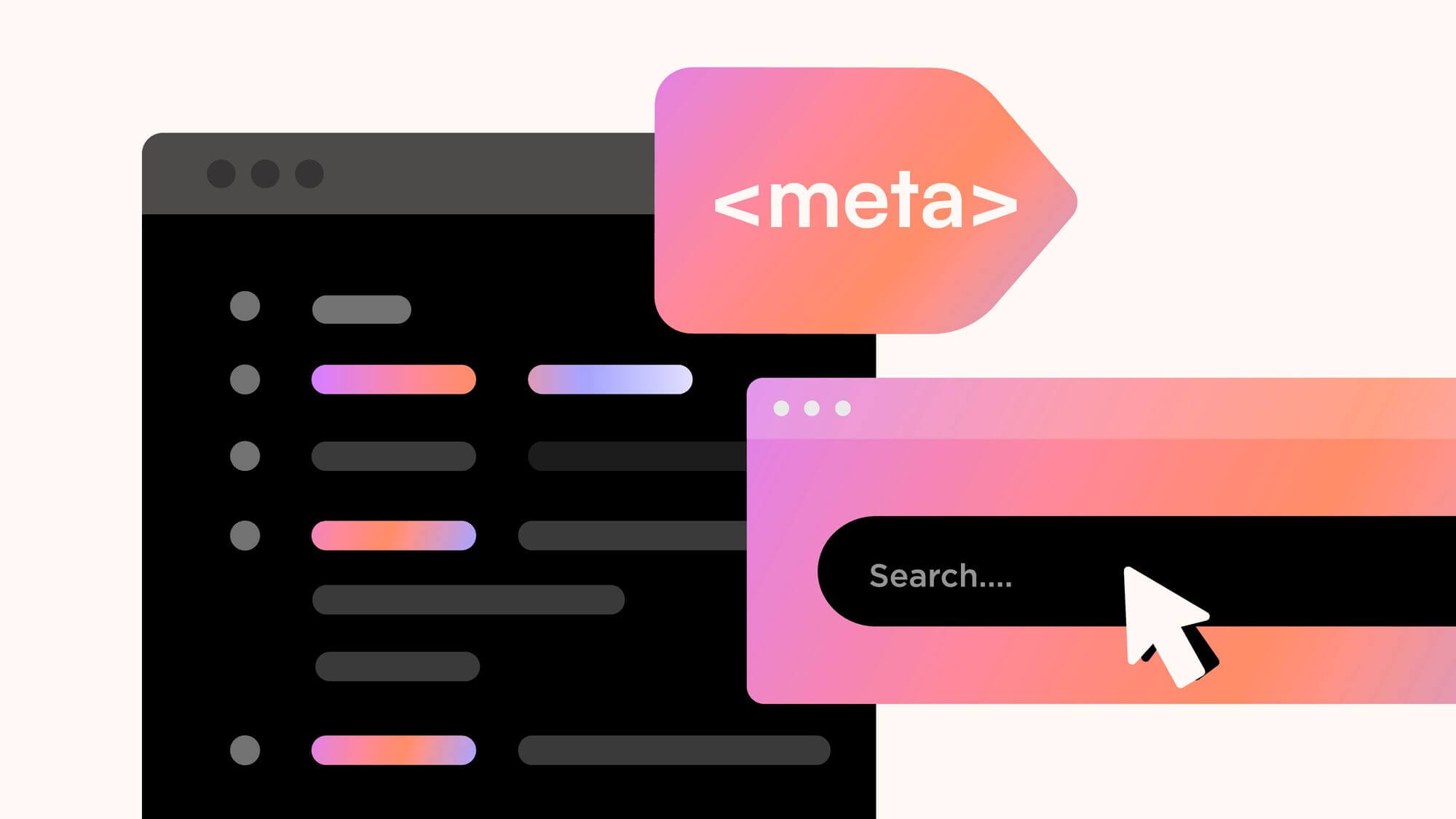

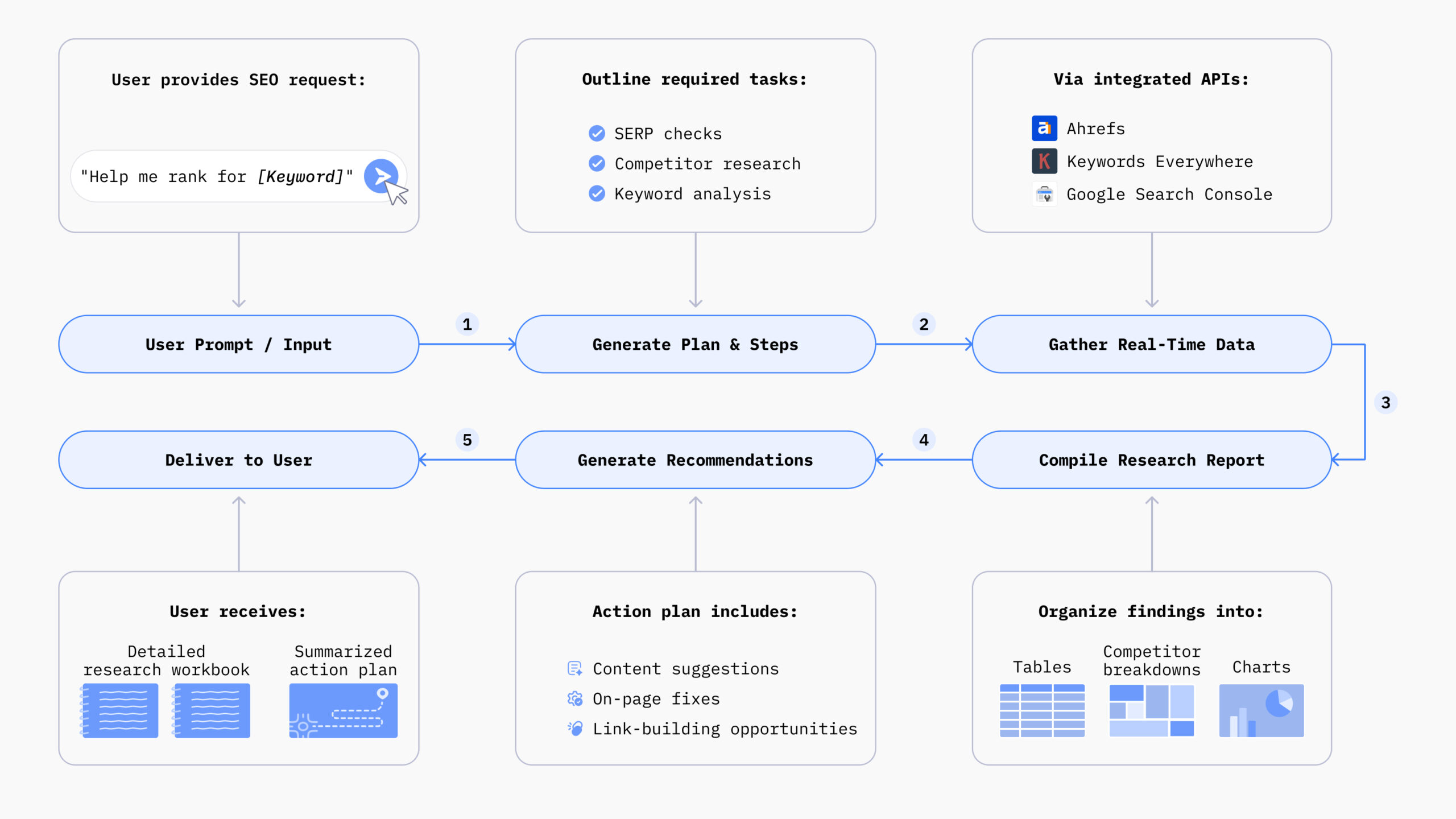
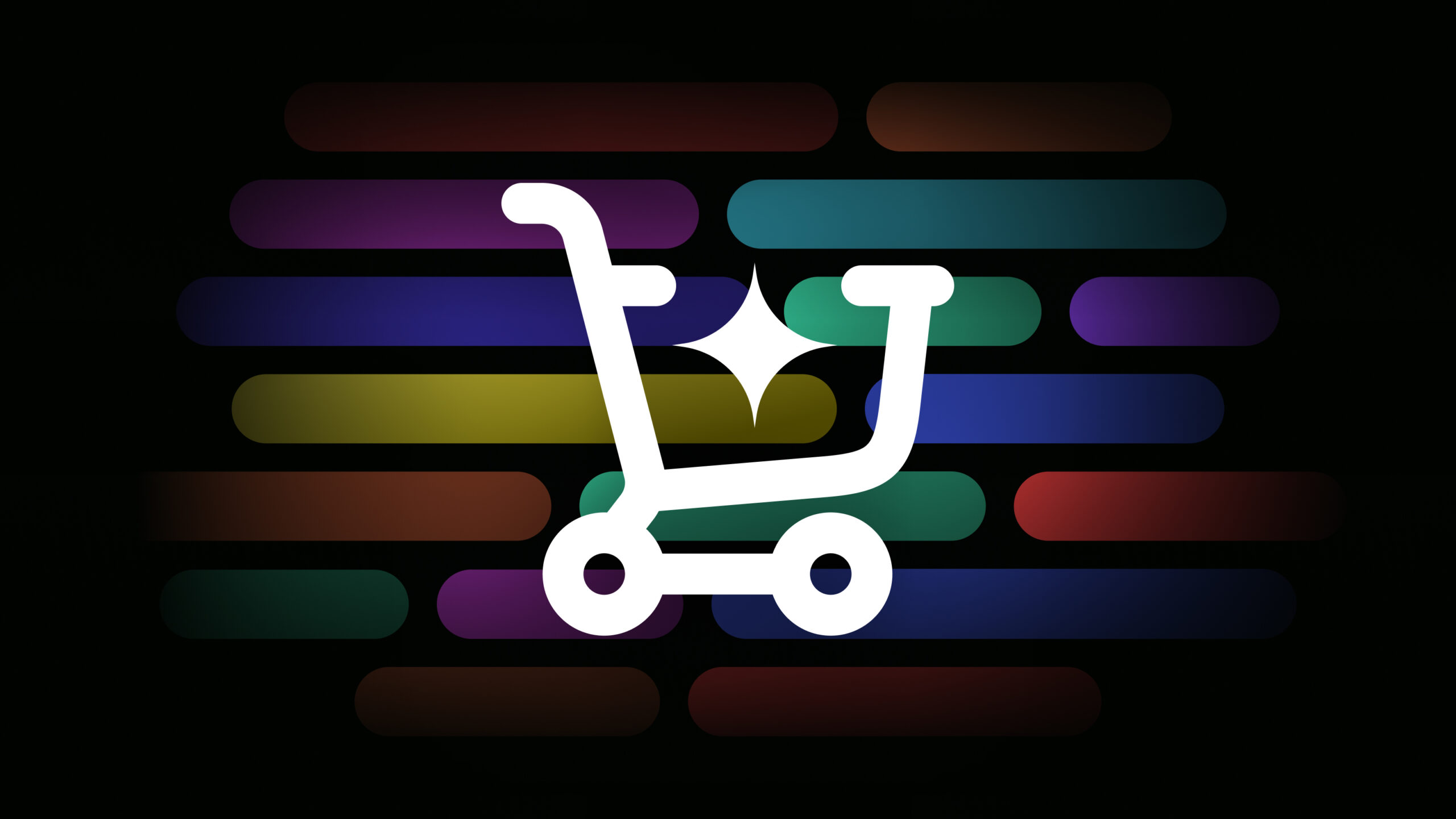





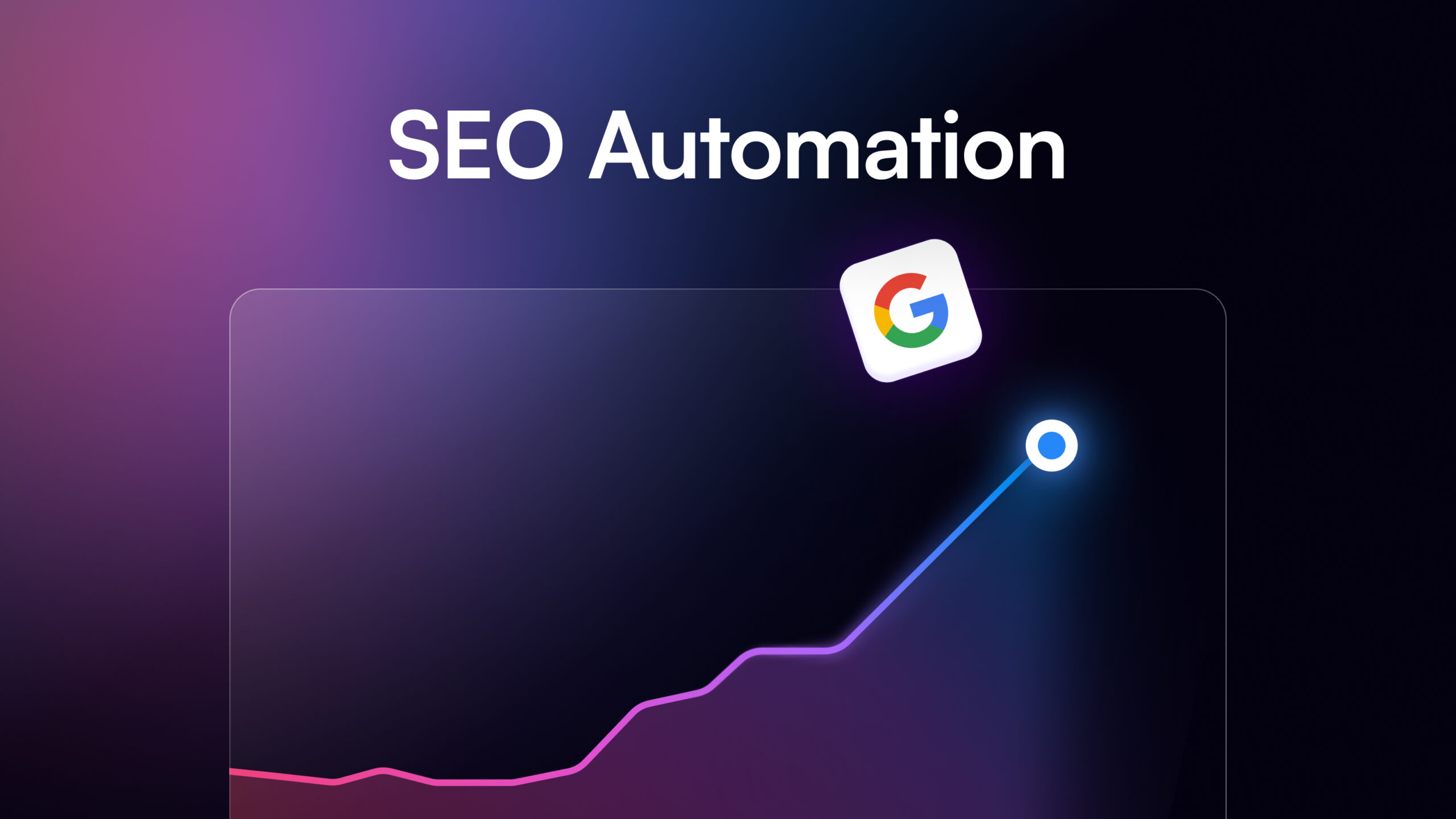

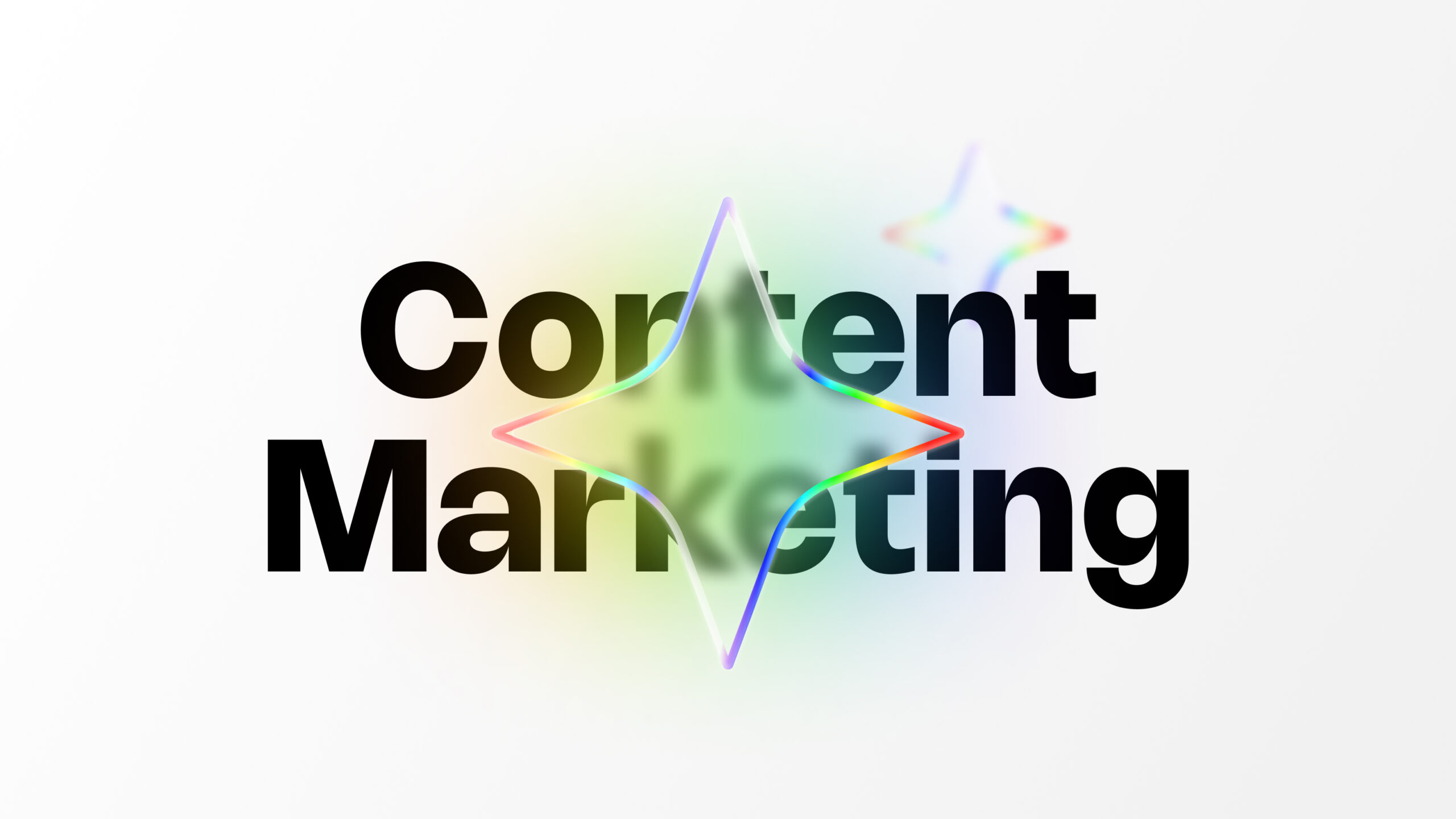

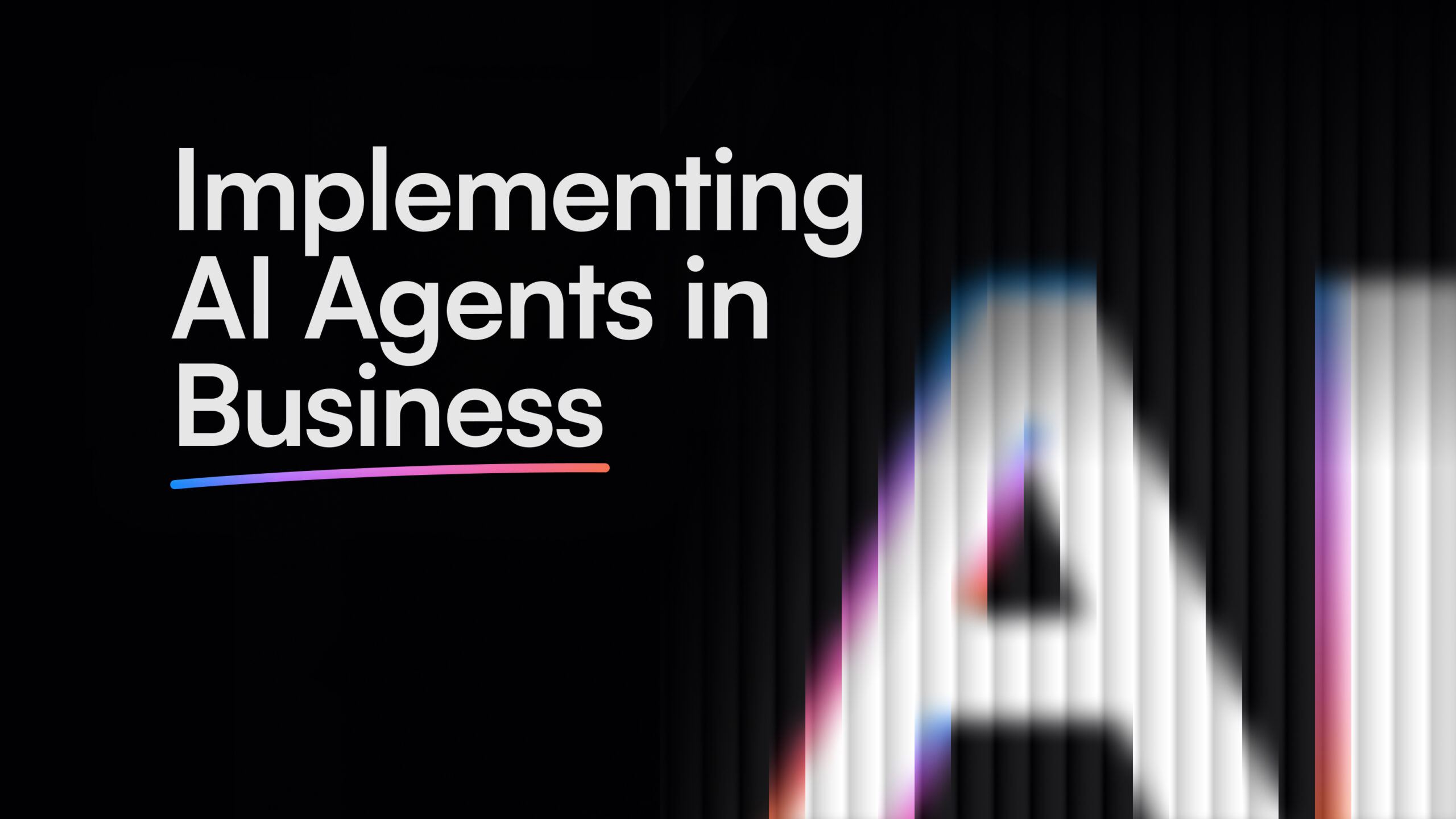
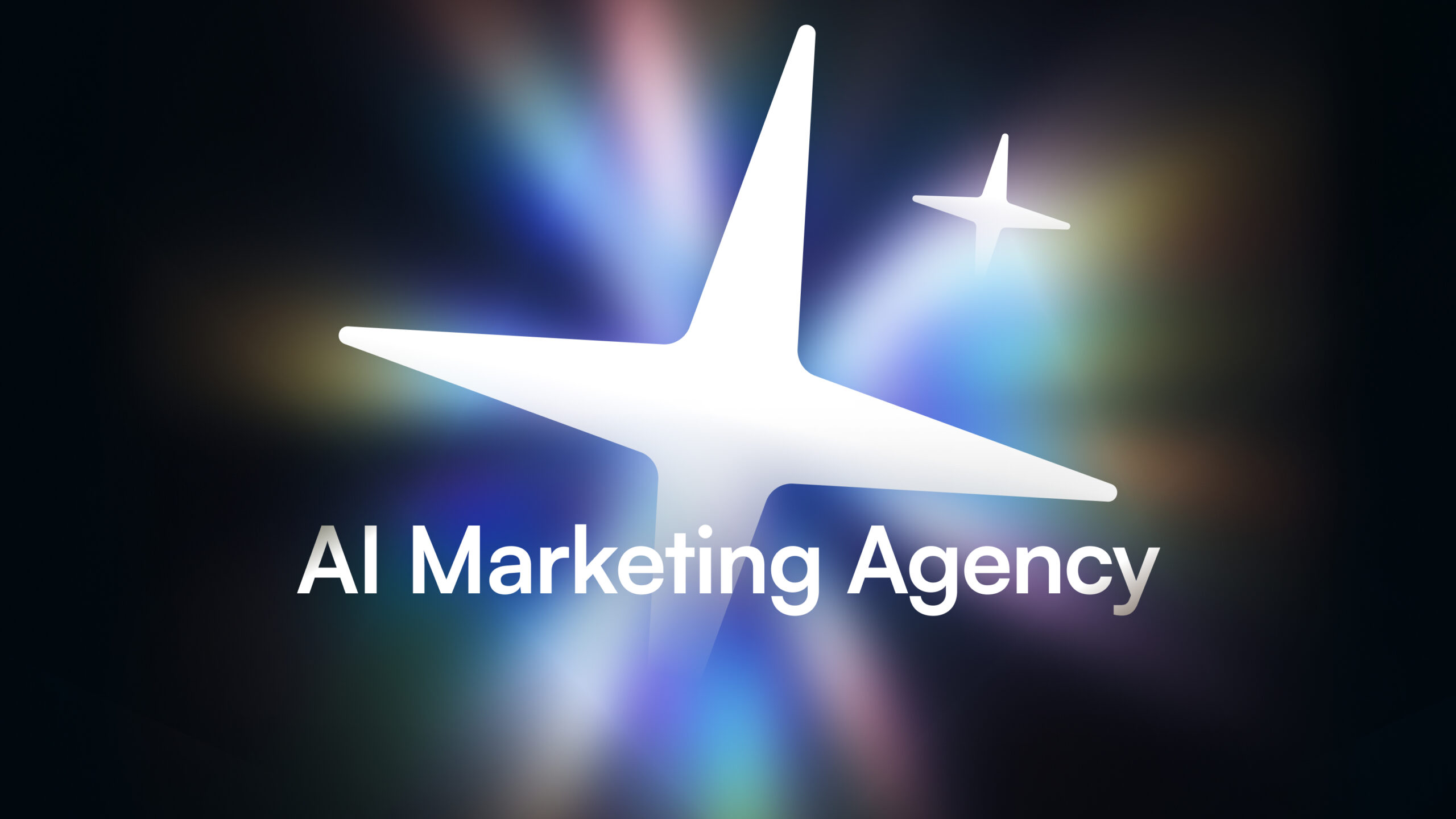
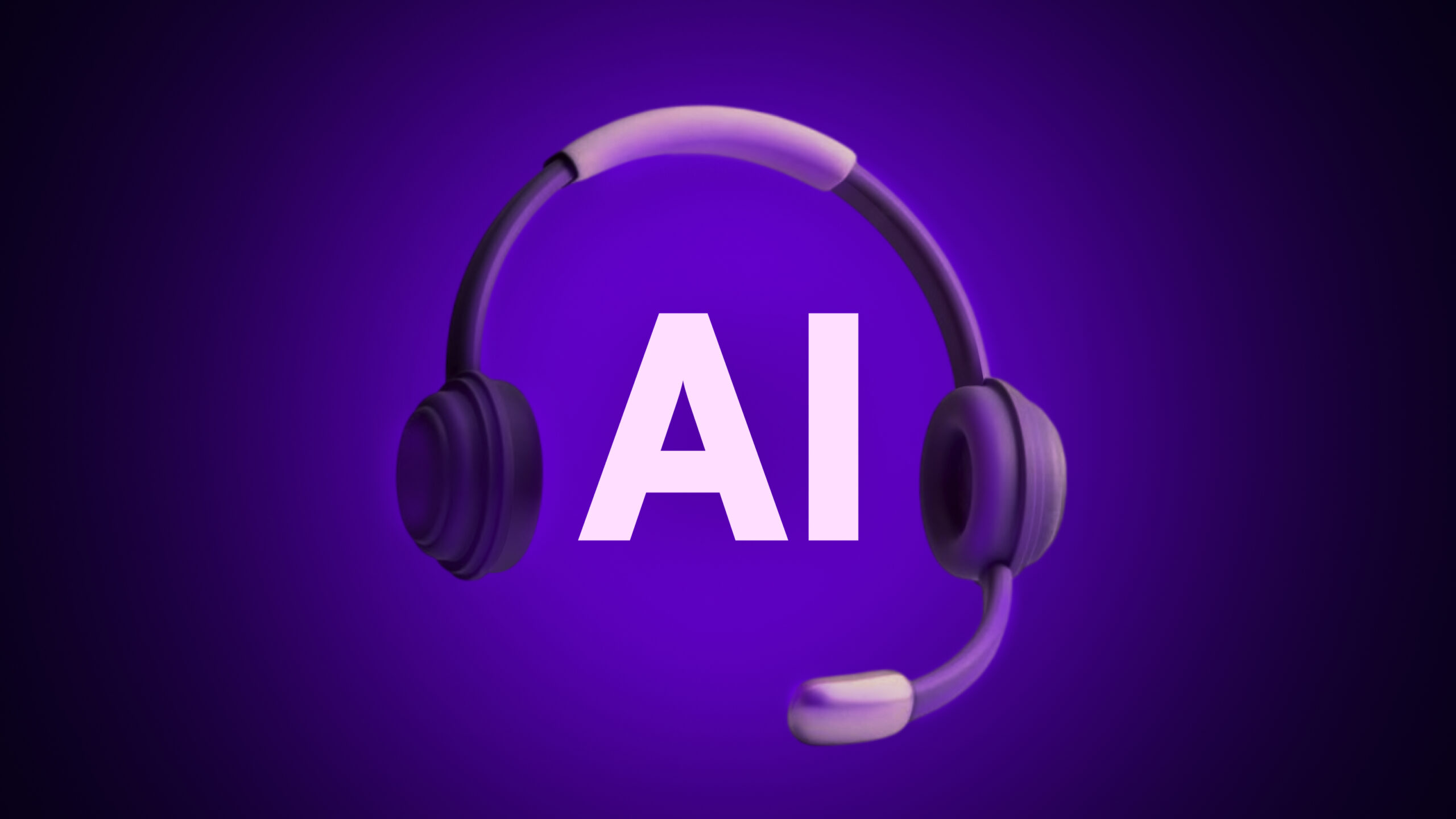
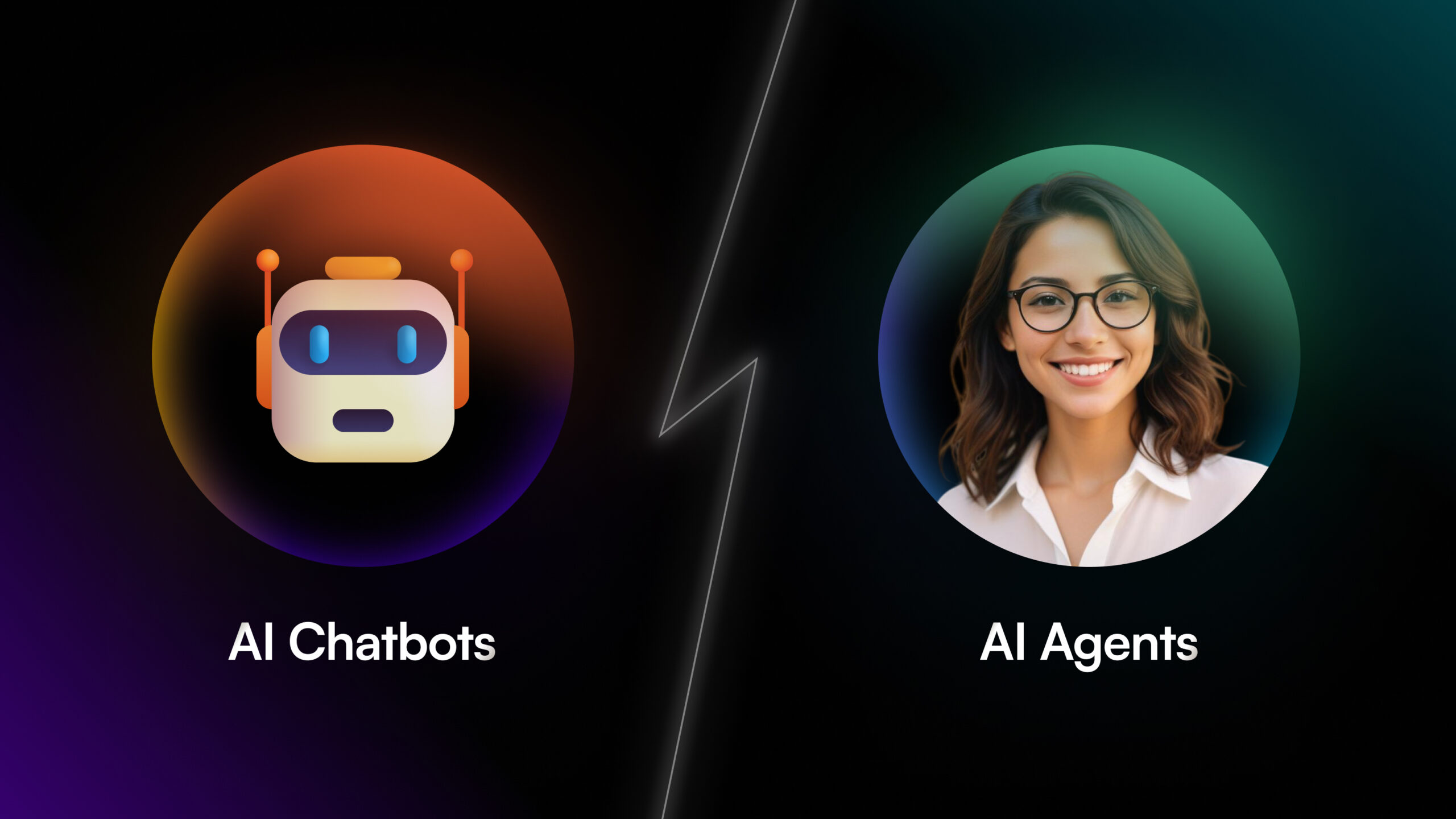
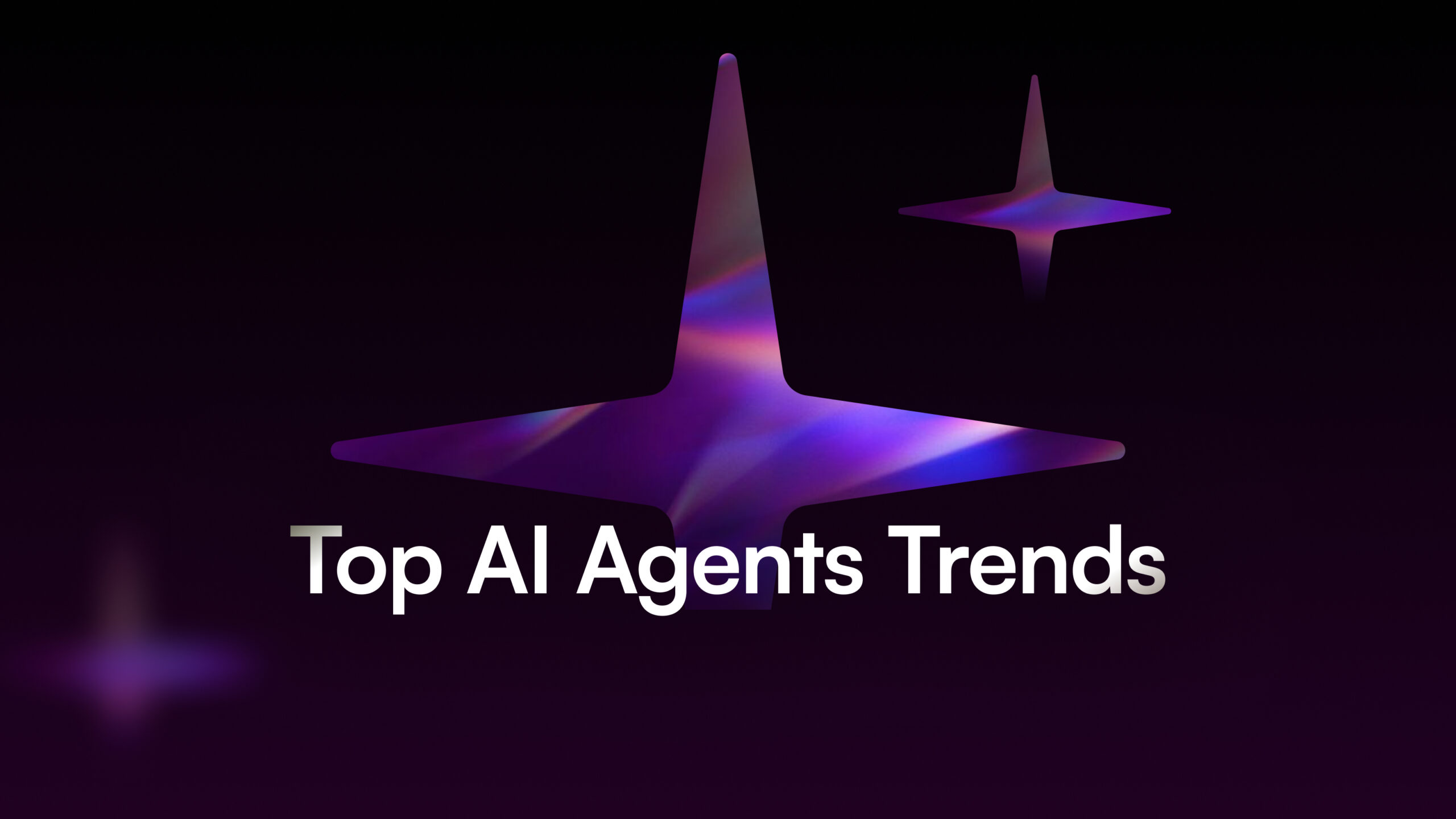

![How to Scale Your Business Using B2B AI Agents [+ Tools to Try]](/wp-content/uploads/B2B-AI-Agents-scaled.jpg)

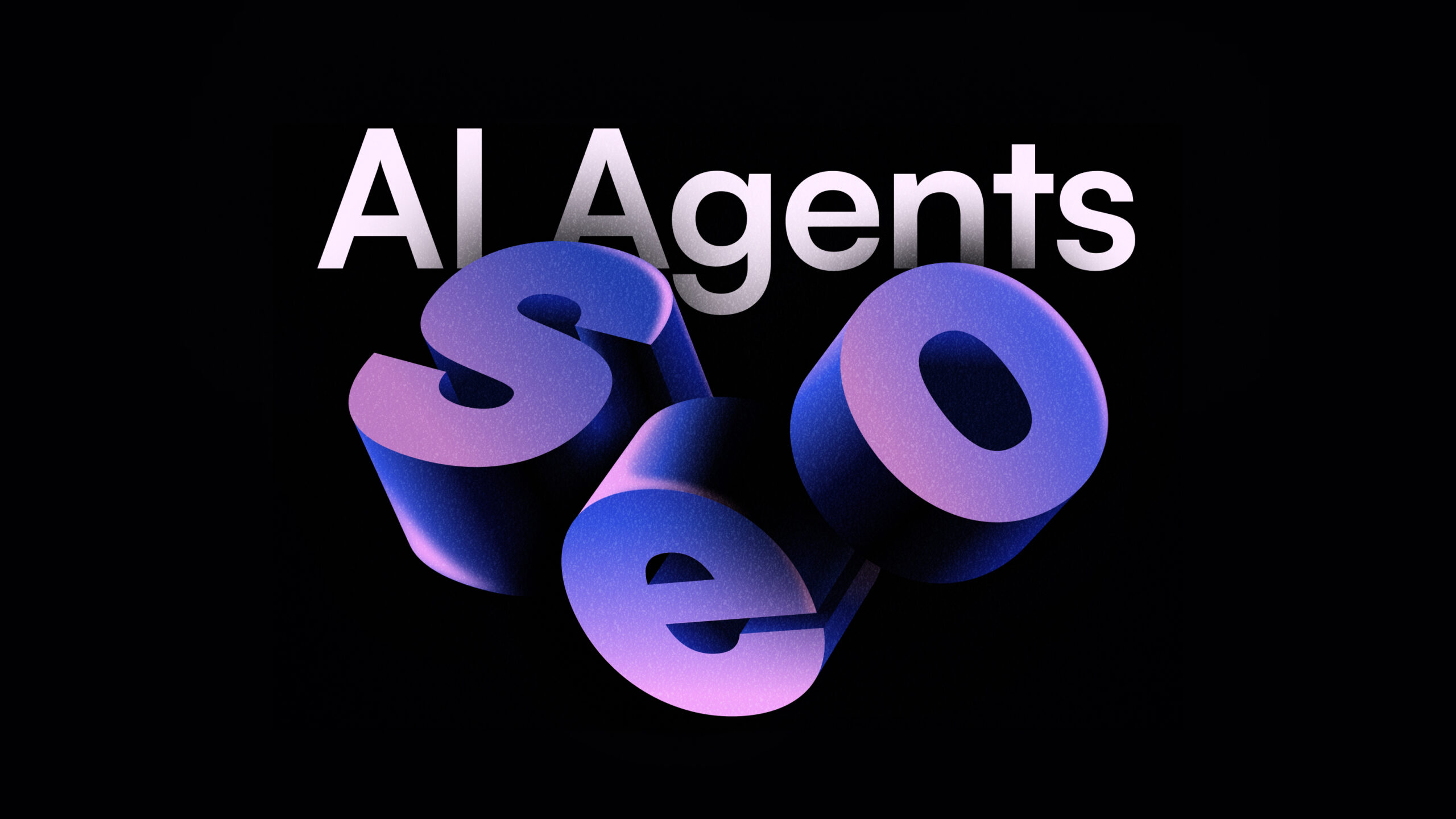
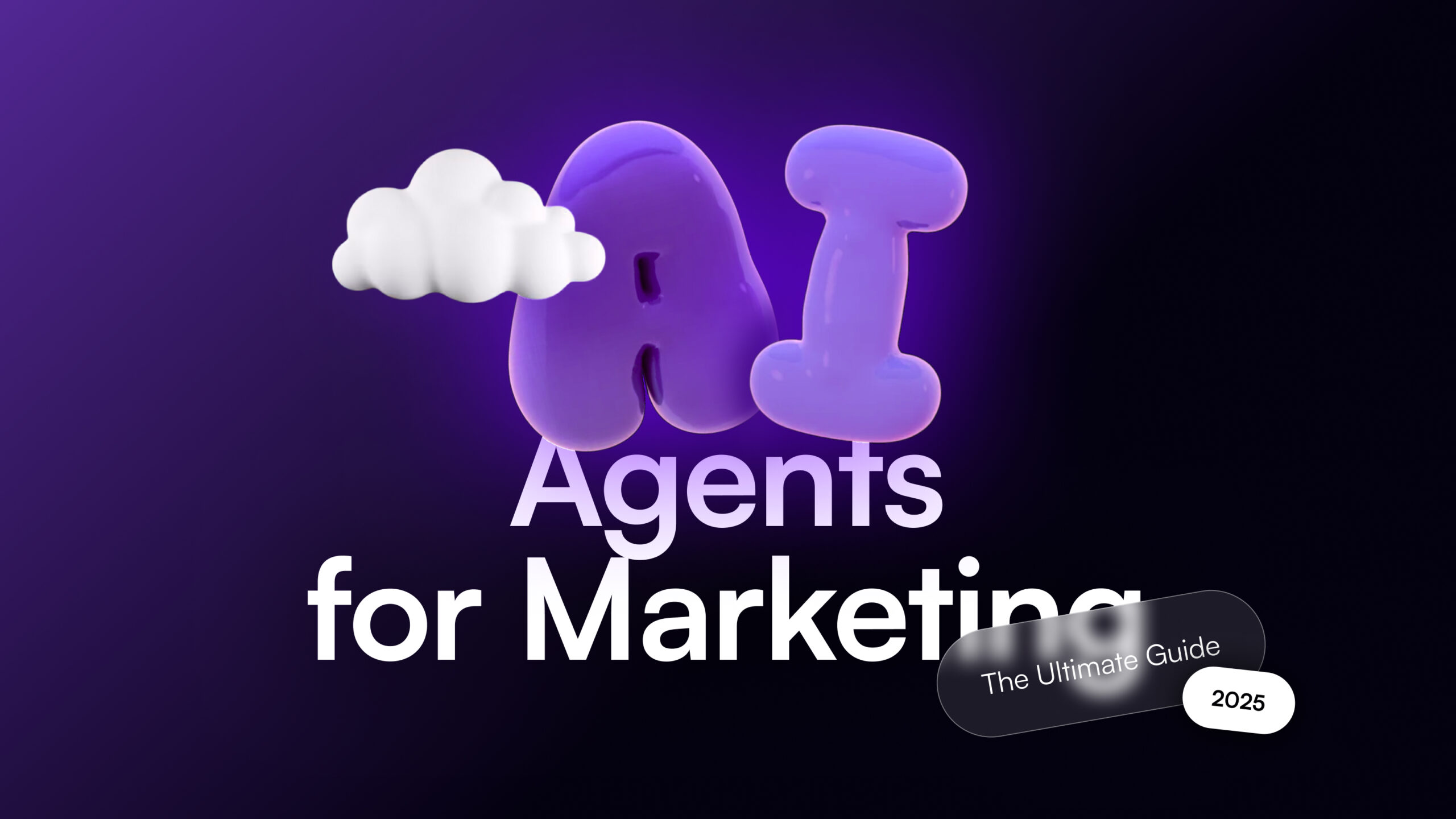
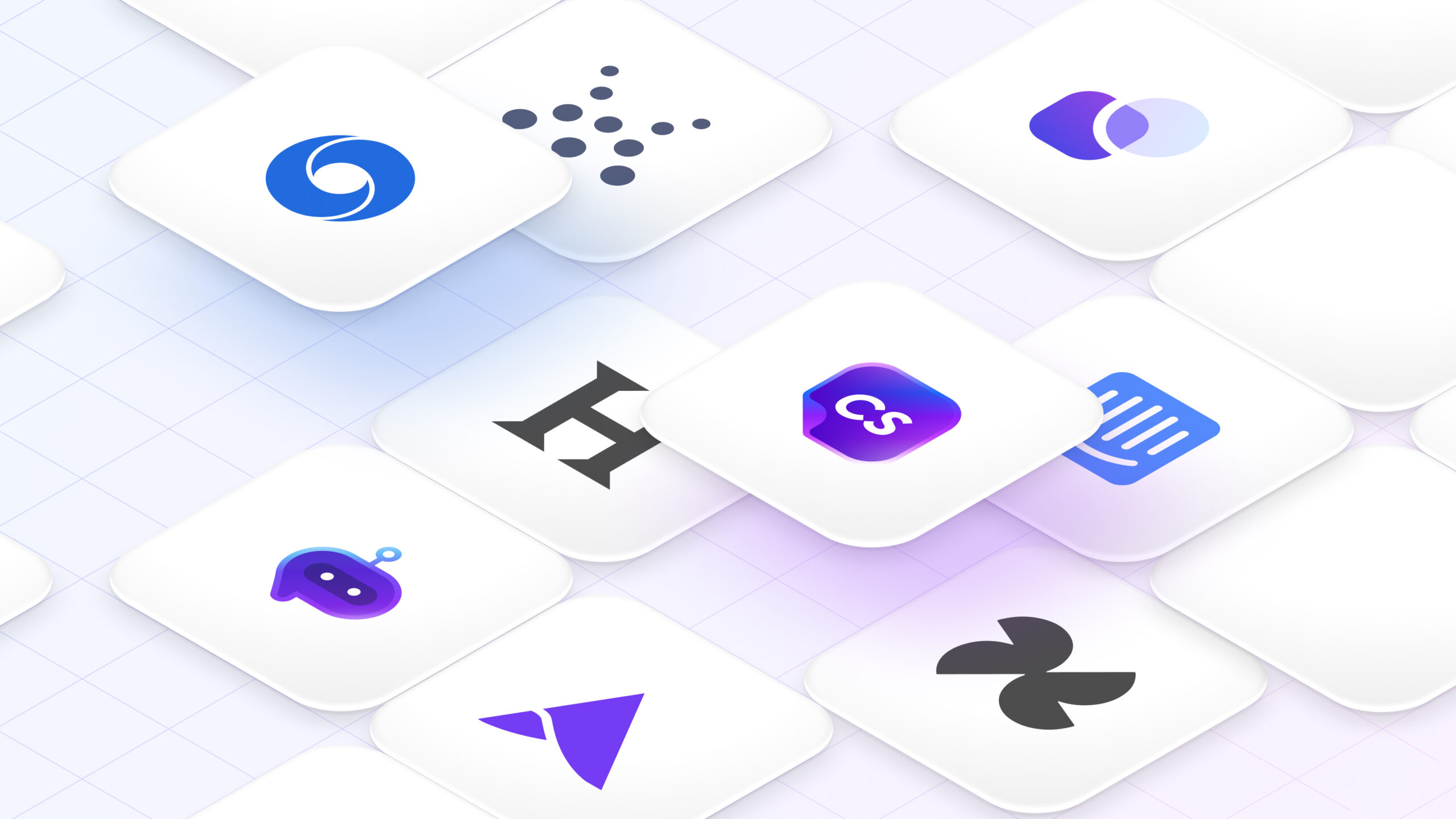
![40 AI Agent Use Cases Across Industries [+Real World Examples]](/wp-content/uploads/AI-Agent-Use-Cases-1-scaled.jpg)
